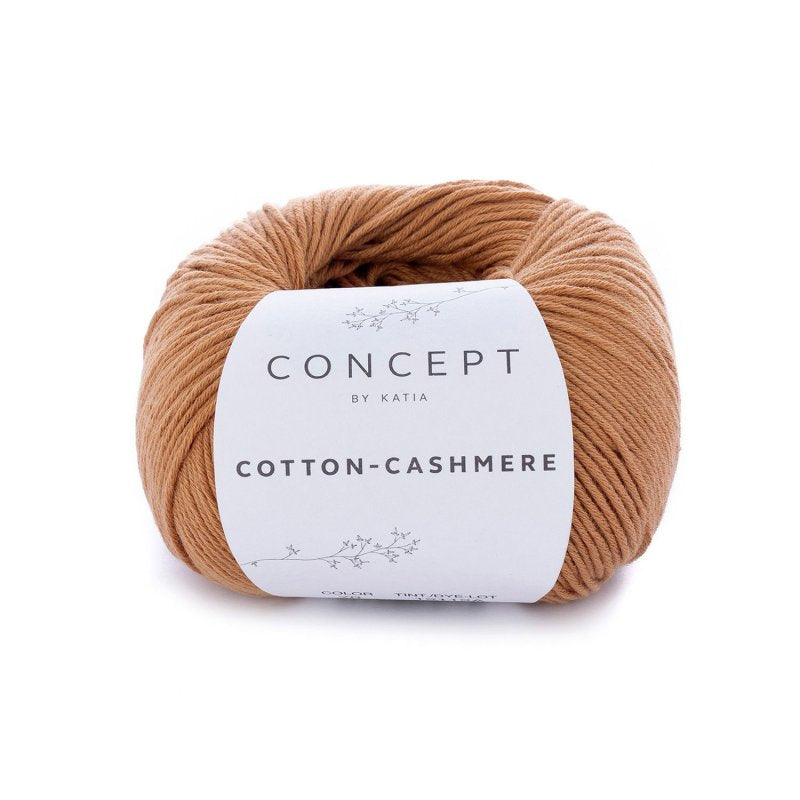Understanding the Special Qualities of cashmere fibre for Superior Comfort
Understanding the Special Qualities of cashmere fibre for Superior Comfort
Blog Article
Recognizing the Various Kinds of Cashmere a Natural Fiber and Their One-of-a-kind Advantages

The Origins of Cashmere: A Historic Summary
While the glamorous touch of cashmere proceeds to beauty modern consumers, its beginnings map back to the rough, chilly environments of Mongolia and the Himalayas. For centuries, the aboriginal peoples of these regions have actually been increasing Capra Hircus goats, the prime source of cashmere wool. These goats, resistant against the extreme winters, grew a fine undercoat to make it through, which later on came to be called cashmere. The name itself admires Kashmir, an area in India where the woollen was at first refined. Much of the very early cashmere profession path was facilitated by the Silk Road, attaching Asia with the Center East and Europe. In spite of its international spread, the finest cashmere is still believed to originate from the original regions of Mongolia and the Himalayas.

The Manufacturing Refine: From Goat to Garment
Shearing a Capra Hircus goat marks the inception of the complex cashmere manufacturing process. This delicate treatment generally happens once a year during spring. The penalty, soft undercoat is after that divided from the coarser outer hair, a procedure known as dehairing. The resultant raw cashmere is then cleaned to remove impurities such as veggie, dust, and oil issue.
The clean fiber undergoes coloring, rotating, and weaving, or knitting, to change it into a textile. Complex procedures such as quality control checks and finishing procedures follow, making sure completion item maintains the glamorous requirement expected of cashmere. This painstaking process, from goat to garment, warrants the high price connected to cashmere products, making them an icon of deluxe and improvement.
The Various Kinds Of Cashmere: An In-depth Analysis

The Distinct Benefits of Cashmere: Convenience and Sustainability
Moving from the range of cashmere types to the benefits they offer, comfort and sustainability stand out prominently. Cashmere, an all-natural fiber, is renowned for its unmatched soft qualities, giving a level of comfort that artificial fibers can not match.
When it comes to sustainability, cashmere is sustainable and naturally degradable, as it's collected from cashmere goats that regrow their coats annually. what is cashmere. Unlike synthetic fibers which can take hundreds of years to decompose, cashmere's effect on the setting is very little. This combination of convenience and sustainability makes cashmere a beneficial selection for aware consumers

Taking Care Of Your Cashmere: Maintenance and Conservation Tips
While cashmere is certainly a lasting and lavish choice, it requires particular care to preserve its quality and expand its life expectancy. To start, cashmere must be hand cleaned making use of cool water and a light detergent. Cashmere items need to be stored in a trendy and completely dry area, away from direct sunshine and dampness.
Purchasing Cashmere: Understanding Its Value and Worth
Although cashmere might originally seem like a pricey investment, its long-lasting worth and worth ended up being evident when you consider its impressive high qualities. Recognized for its unmatched gentleness and warmth, cashmere is a costs all-natural fiber that outperforms various other products. Investing in cashmere, as a result, is not just concerning current style patterns, but regarding welcoming a sustainable, lasting, and elegant lifestyle.
Final Thought
In recap, the sort of cashmere one selects, be it Mongolian, Chinese, or Italian, is determined by individual preferences for warmth, budget, sustainability, and luxury. The value of cashmere expands past its rate, with comfort and long life including to its well worth. Correct care and maintenance can ensure its preservation. As linked here a result, understanding the origins, production process, and special benefits Going Here of different sorts of cashmere can guide consumers in their financial investment in this elegant natural fiber.
Whether it's the phenomenal heat of Mongolian cashmere, the cost of Chinese cashmere, or the eco-conscious production of Italian cashmere, there's a story to be uncovered behind each fiber type. Cashmere, an all-natural fiber, is renowned for its unequaled soft qualities, giving a degree of comfort that artificial fibers can't match.When it comes to sustainability, cashmere is renewable and naturally degradable, as it's collected from cashmere goats that regrow their layers yearly. Known for its unrivaled softness and warmth, cashmere is a costs natural fiber that surpasses various other materials. Recognizing the origins, manufacturing process, and one-of-a-kind benefits of different types of cashmere can assist consumers in their financial investment in this extravagant natural fiber.
Report this page